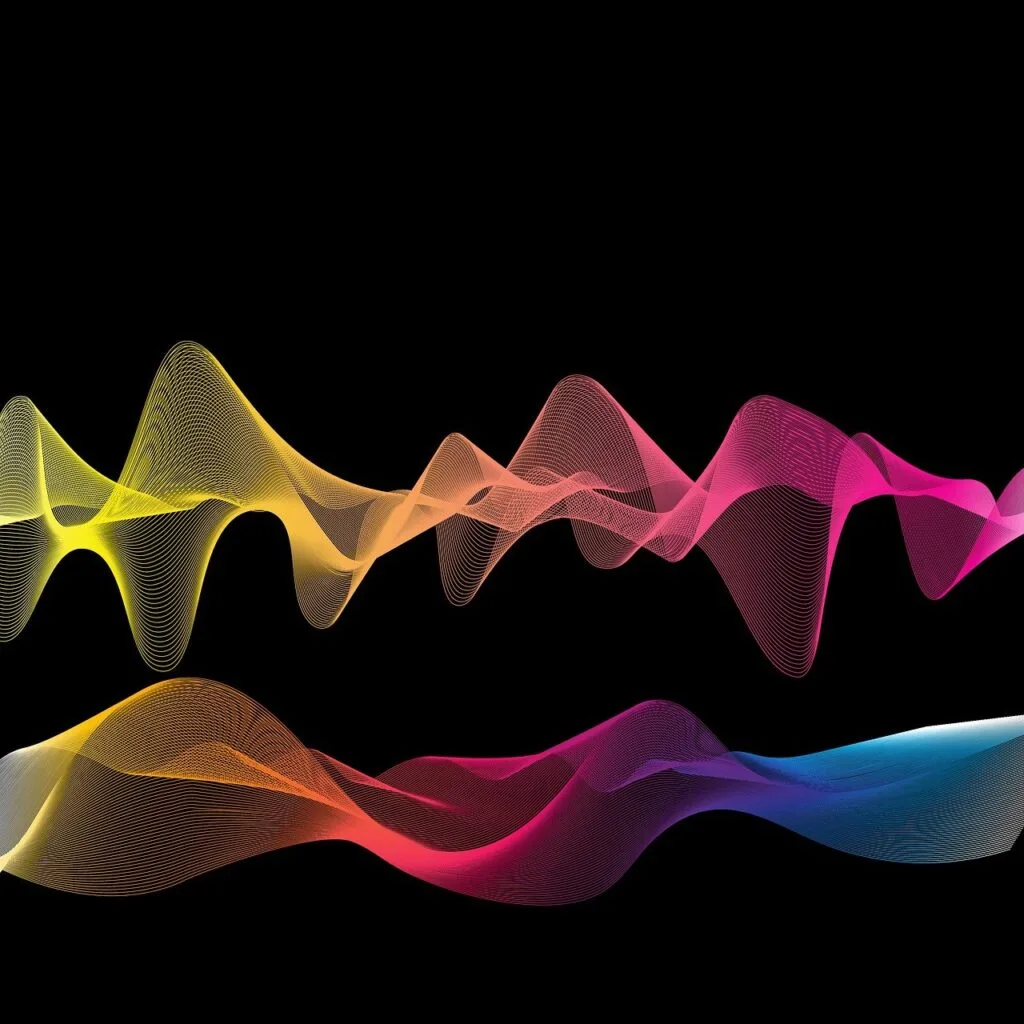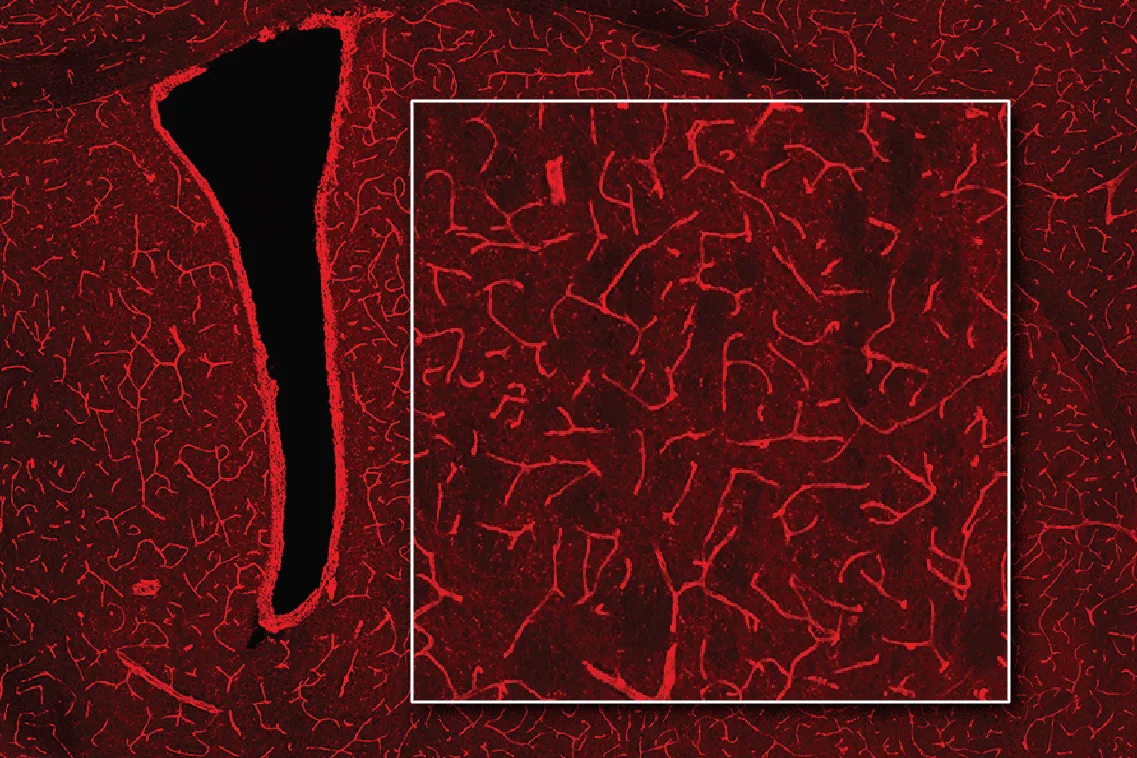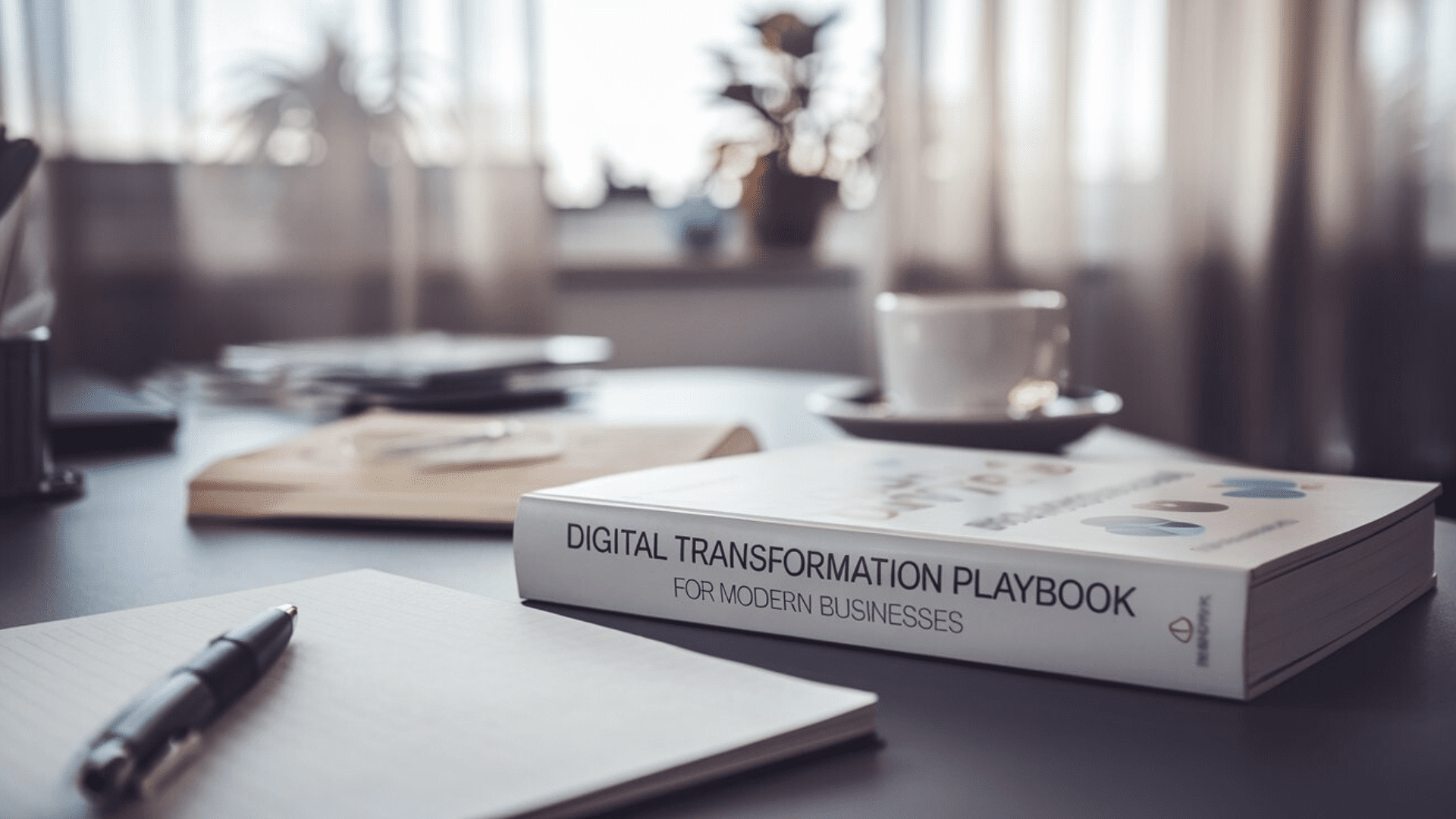By Wellett Potter, University of New England
Recently, several major record labels filed copyright infringement lawsuits in U.S. courts against the creators of two AI-generated music applications, Suno and Udio. The labels claim that these AI companies engaged in copyright violations by copying numerous sound recordings owned by the labels and producing outputs very similar to these recordings.
The labels are seeking damages of $150,000 USD (225,000 AUD) for each of the thousands of tracks allegedly infringed.
The lawsuits allege that Udio produced results with « striking similarities » to songs including ABBA’s Dancing Queen and Mariah Carey’s All I Want For Christmas Is You, while Suno allegedly produced songs similar to James Brown’s I Got You (I Feel Good) and Chuck Berry’s Johnny B. Goode, among others.
Some pretty amazing stuff from the Udio/Suno lawsuits. The record labels were able to essentially recreate versions of very famous songs with very specific prompts, then link to them in the lawsuits. I made a short compilation here: https://t.co/9Nu7rW7eqD pic.twitter.com/5fQaD0wQ2I
– Jason Koebler (@jason_koebler) June 24, 2024
These lawsuits are not the first to disrupt the burgeoning field of generative AI. Visual artists have sued image generation system makers while various newspapers are suing OpenAI, the owner of ChatGPT, for similar allegations. The outcome of this litigation could determine the future viability of these generative AI products.
How Do Music Generators Work?
For those unfamiliar with these products, here’s how they work. You type a text prompt, such as « compose a female jazz song to beat the Monday morning blues. » You can also provide your own lyrics if you wish.
The application then generates an output in the form of an MP3 song, combining vocals and instruments, which can be downloaded by the user.
To generate the song, the AI is trained on a large amount of data. The lawsuits allege that this data includes pre-existing sound recordings owned by various record labels and copied without authorization. These sound recordings are at the heart of the issue.
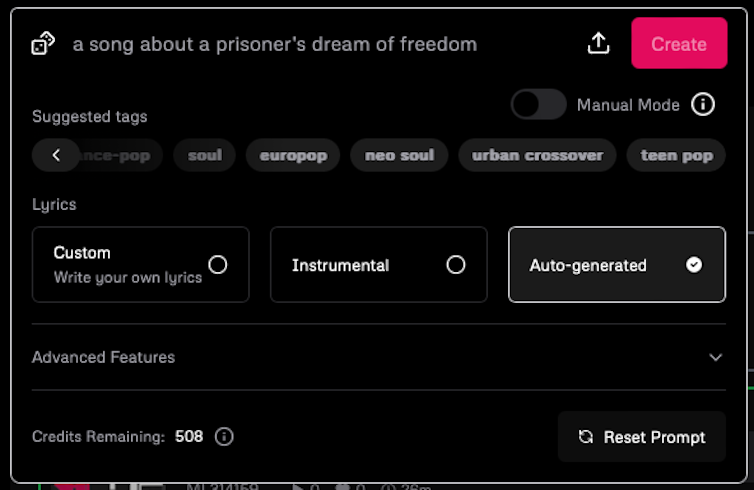
The litigation will likely hinge on whether what Suno and Udio did with any of these sound recordings is considered « fair use. »
In the U.S., fair use is a defense against copyright infringement. In Australia, we have a « fair dealing » copyright doctrine that covers specific uses such as research and study.
How Will the Court Decide?
The court will consider four factors in relation to Suno and Udio’s use of the record labels’ songs. These are:
- the purpose and character of the use
- the nature of the copyrighted work
- the amount and substantiality of the portion used, and
- the effect of the use on the market value.
The most contentious factor is the purpose and character of the use. This involves examining whether the AI-generated music is sufficiently « transformative, » meaning it adds new meaning, expression, or value to the original work.
At the core of Suno and Udio’s argument is that their technology is sufficiently transformative. They argue that their AI synthesizes new, original outputs rather than copying and reproducing pre-existing songs.
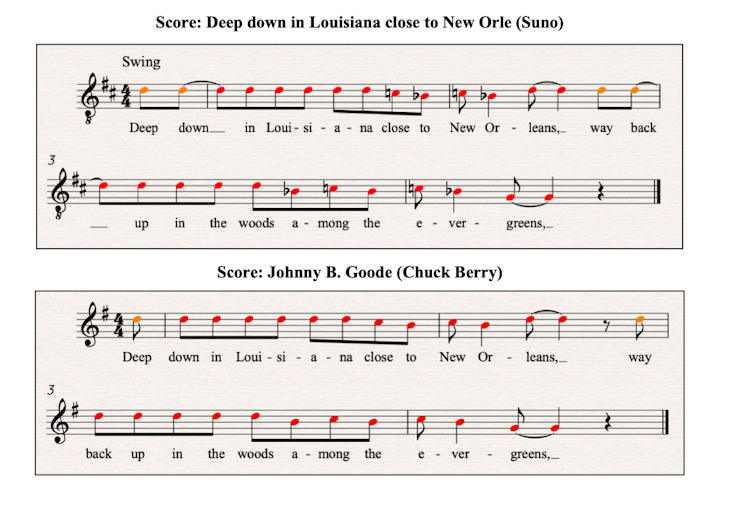
The court will also examine the amount and substantiality of the portion of the songs copied. It will look into how the allegedly copied songs are used in the AI training process and in generating outputs.
The element of substantiality can be qualitative rather than quantitative. This means that in addition to the amount copied, the court may also determine whether a distinctive part of a song has been copied.
Moreover, the effect of the generative AI’s use on the market value of the original sound recording will be considered. A use that replaces the original song in the market is more likely to be deemed substantial. This point can be argued both ways.
What’s in a Voice?
One of the main concerns in the music industry is voice cloning. This is where other generative AI music applications (not Suno or Udio) can be used to clone a famous singer’s voice onto any song.
Suno released a statement on X, denying that voice cloning is possible using their application, as it does not allow users to reference specific singers. This issue will likely be contested in court.
What will happen next? It’s hard to predict.
Perhaps a settlement will be reached before hearings. Maybe new licensing agreements between the parties will be developed, similar to the recent situation with OpenAI’s collaboration with News Corp.
What is certain is that there are other AI voice cloning innovations being developed by startups to monetize and license voice cloning. One example is Hooky, a platform for AI voice modeling licensing that allows artists to control the use of their voice.
If the litigation with the record labels proceeds, it will give U.S. courts the opportunity to clarify whether the training activities and outputs of generative AI music applications are covered by fair use. This decision could also set a precedent for activities conducted by other types of generative AI applications.
Wellett Potter, Lecturer in Law, University of New England
This article is republished from The Conversation under a Creative Commons license. Read the original article.
The Conversation
is an independent source of news and views, sourced from the academic and research community and delivered directly to the public.

The Conversation is an independent source of news and views, sourced from the academic and research community and delivered directly to the public.
